The Lenovo Legion Go S: A Handheld PC Review
Handheld gaming PCs have surged in popularity, largely thanks to the Steam Deck. Lenovo's Legion Go S aims to compete, offering a design closer to the Steam Deck than its predecessor. Unlike the original Legion Go, the Go S boasts a unibody design, ditching removable controllers and extraneous buttons. A SteamOS version is slated for later this year, a first for a non-Valve handheld, but this review focuses on the Windows 11 model. At $729, however, the Legion Go S struggles against the competition.
Lenovo Legion Go S – Image Gallery
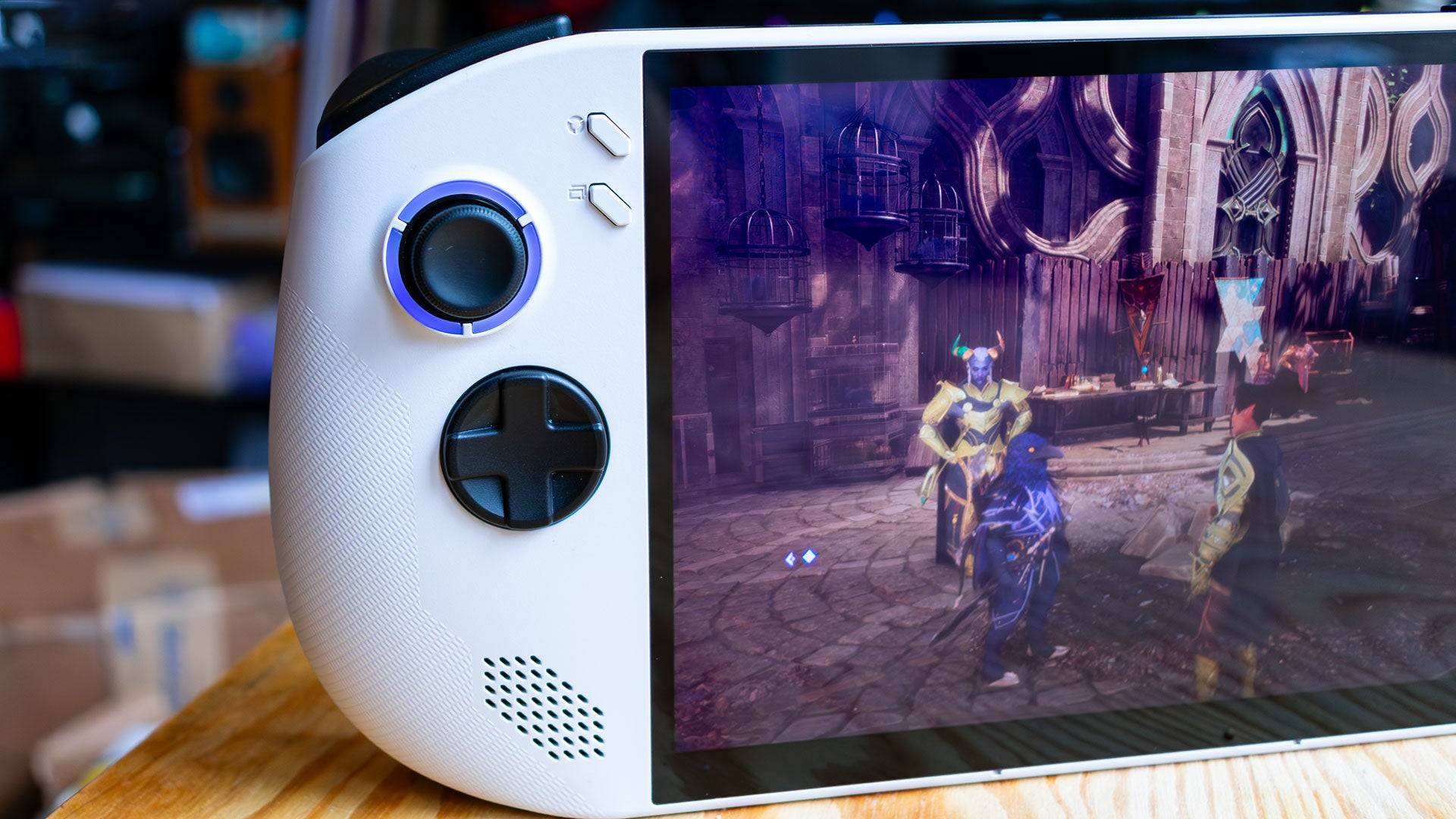
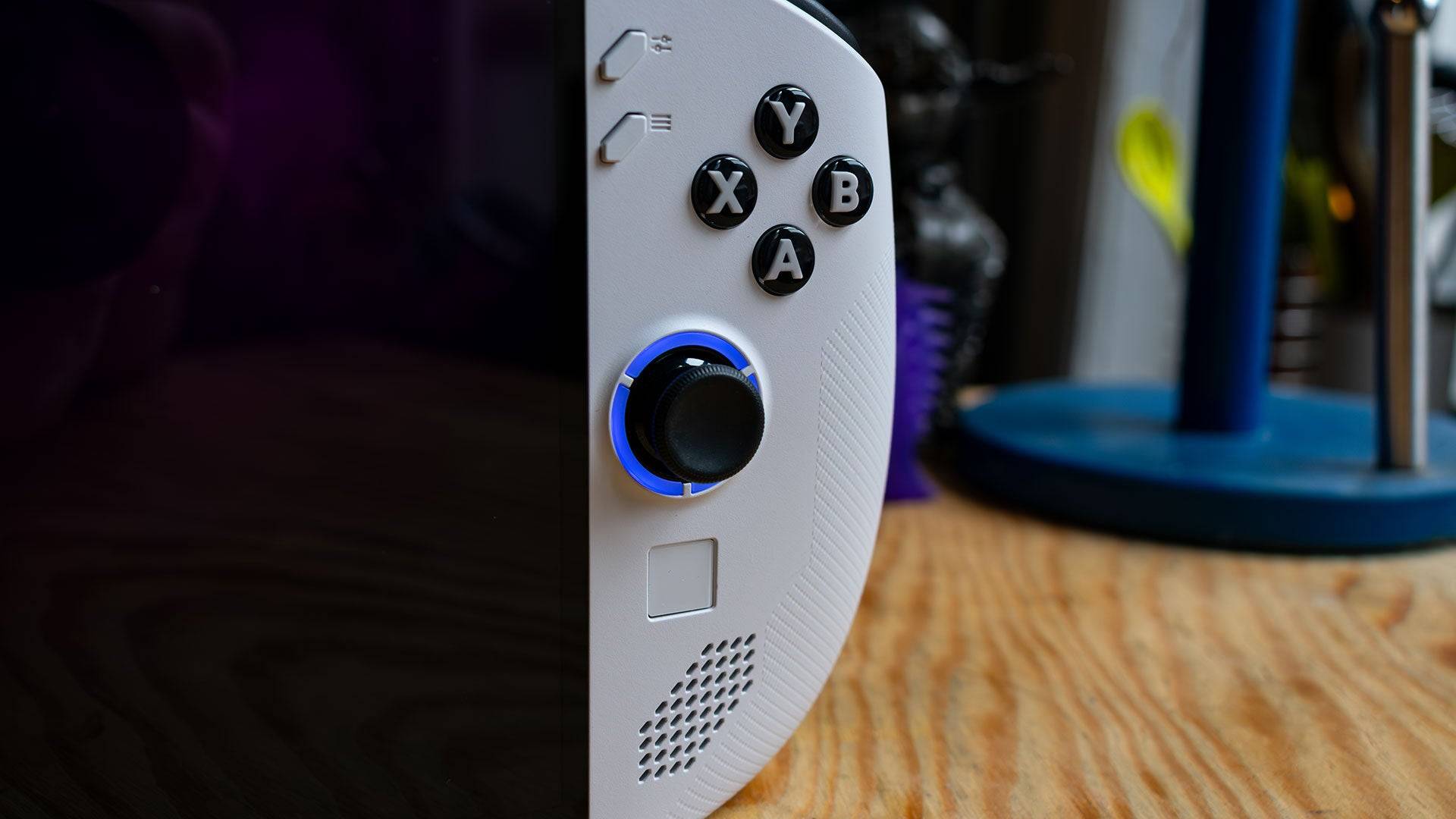 7 Images
7 Images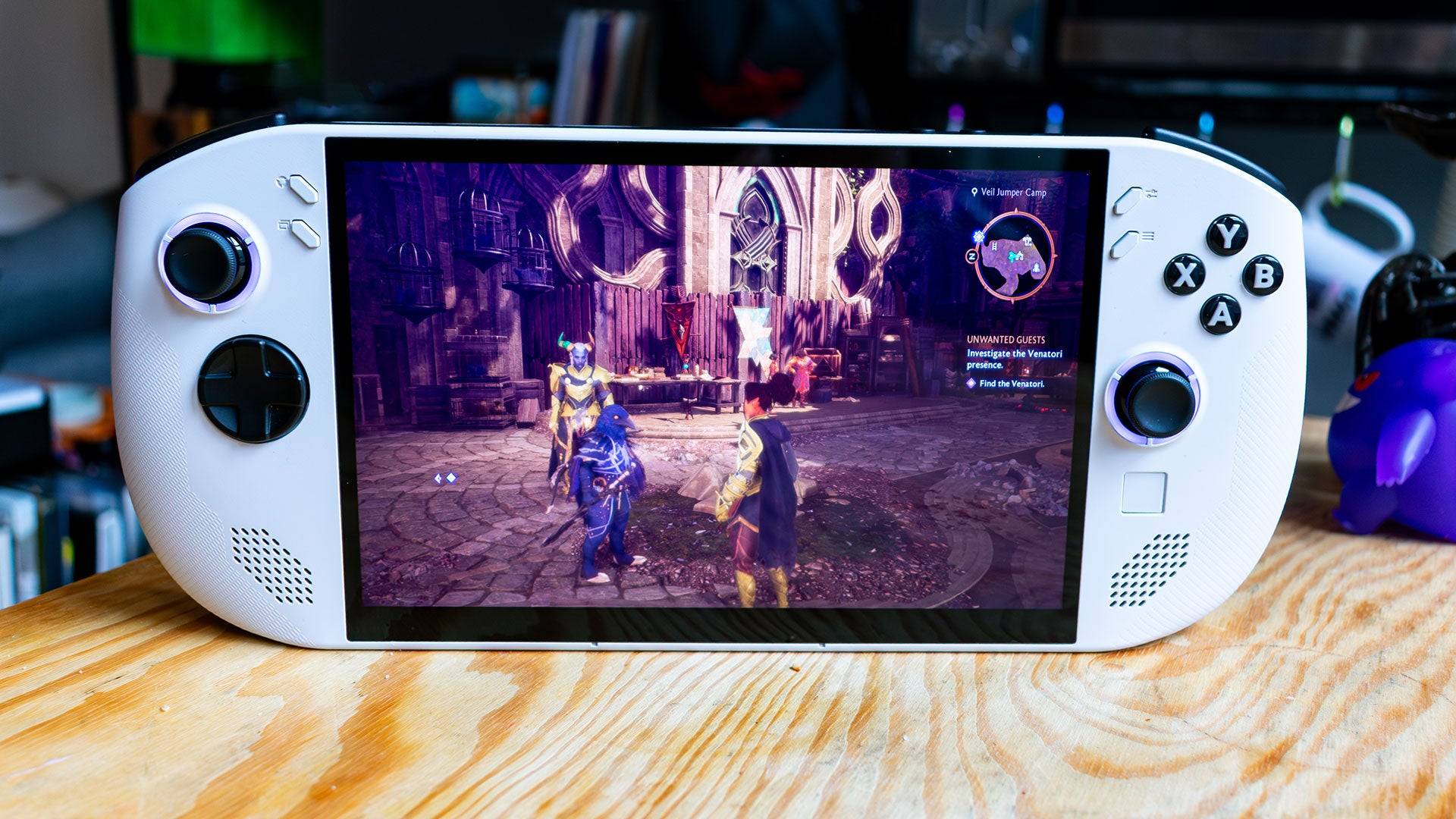
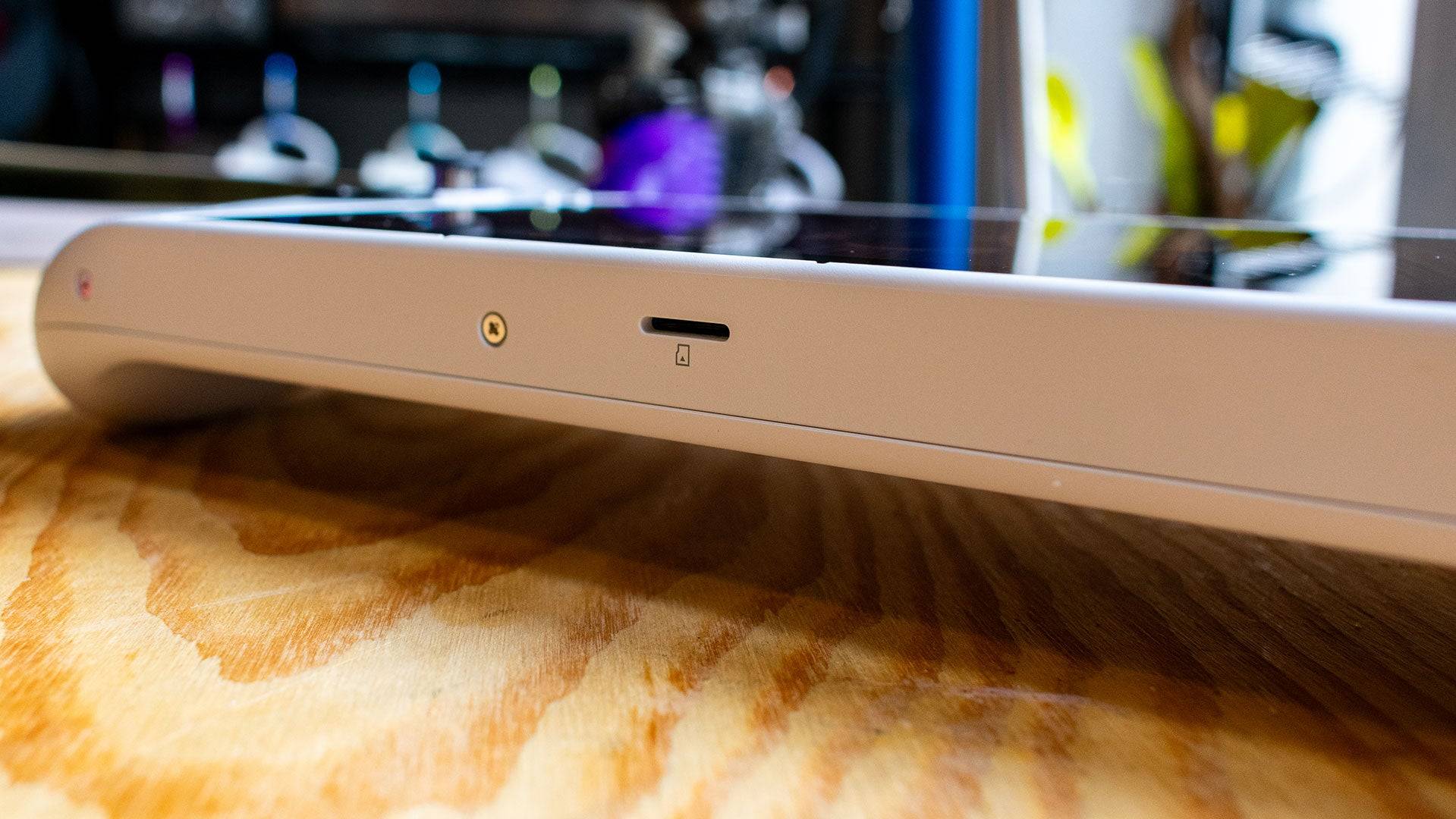
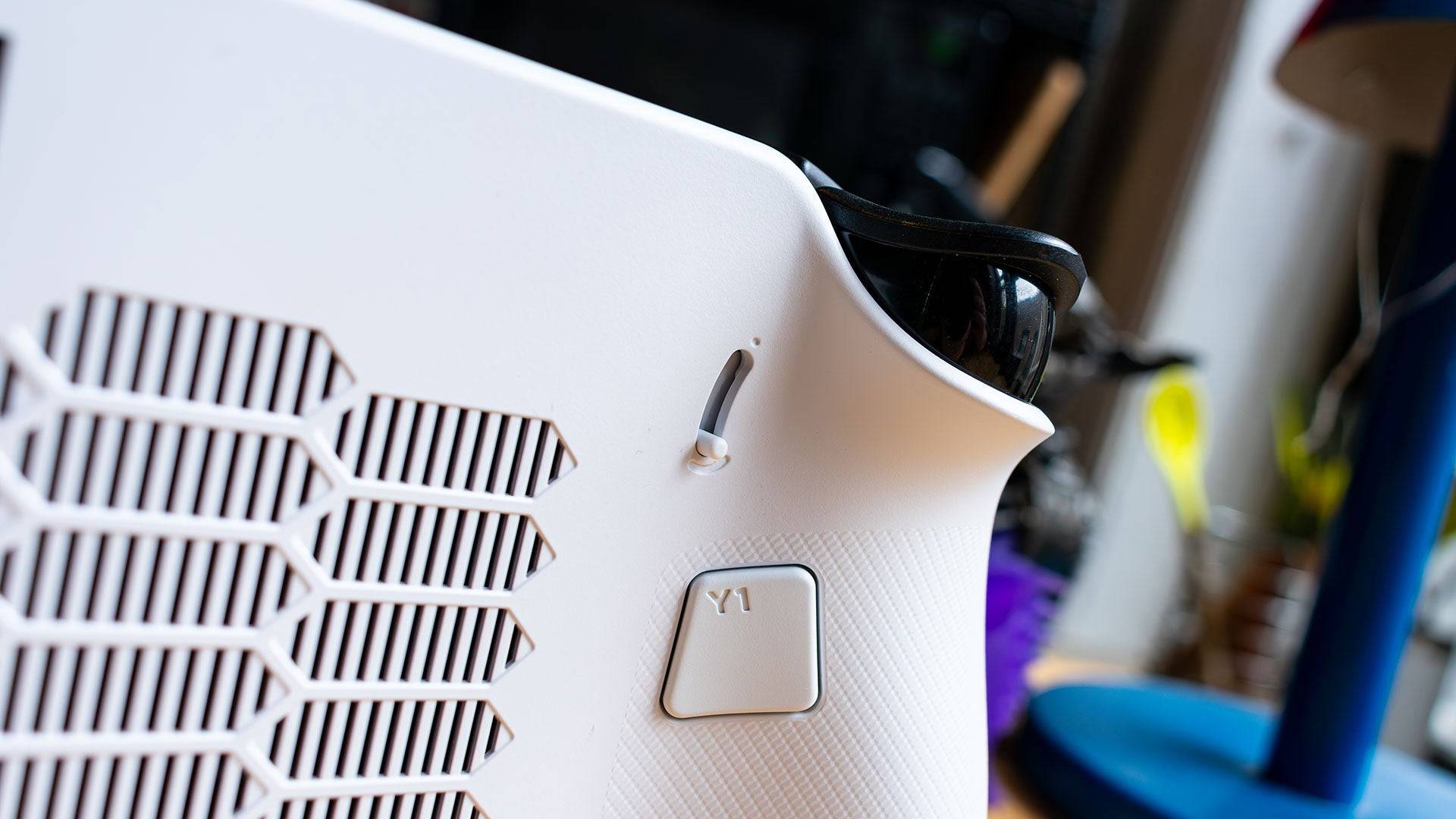
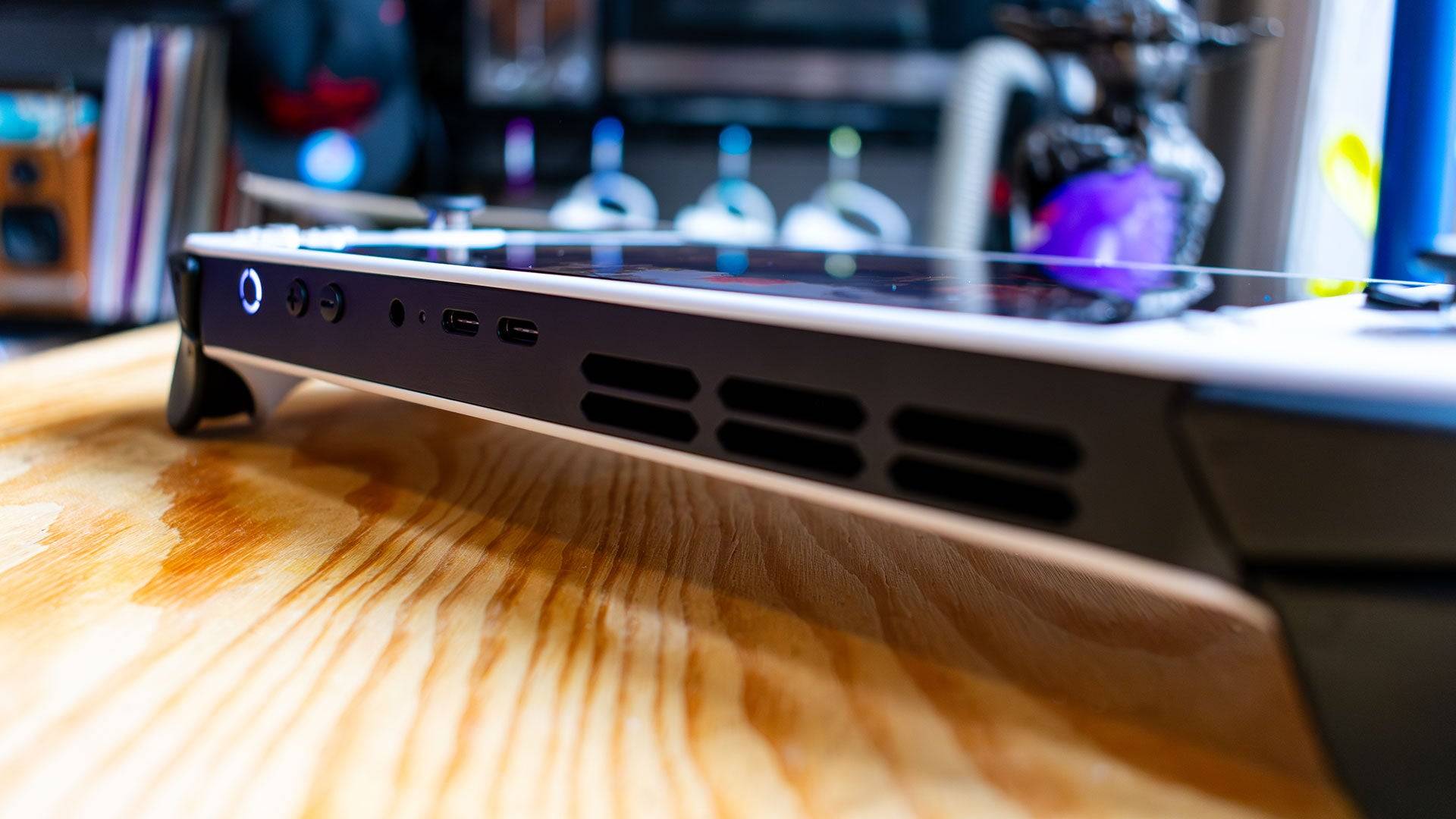
Lenovo Legion Go S – Design and Features
The Legion Go S resembles the Asus ROG Ally more than its predecessor. Its unibody design enhances usability. Rounded edges offer comfortable grip despite its 1.61-pound weight (heavier than the Asus ROG Ally X but lighter than the original Legion Go).
The 8-inch, 1200p IPS display, boasting 500 nits of brightness, is stunning, rendering games like Dragon Age: The Veilguard and Horizon Forbidden West beautifully. It rivals even the Steam Deck's OLED.
The device comes in Glacier White and Nebula Nocturne (purple, exclusive to the SteamOS version). RGB lighting rings around the joysticks are highly customizable.
Button placement is more intuitive than the original Legion Go, though the Lenovo menu buttons above the standard ‘Start’ and ‘Select’ buttons initially cause some confusion. However, these buttons offer useful quick access menus for adjusting settings and launching system tools.
A significantly smaller touchpad compared to the original is present, hindering Windows navigation. The left button activates LegionSpace software for system management. Rear programmable paddle buttons are clickier but offer more resistance. Adjustable triggers offer only two settings: full and minimal travel. Two USB 4 ports are located on top, while a MicroSD card slot resides awkwardly on the bottom.
Lenovo Legion Go S – Performance and Battery Life
The Legion Go S utilizes the AMD Z2 Go APU (4 cores, 8 threads, 12 RDNA 2 GPU cores). Benchmark comparisons reveal it lags behind the original Legion Go and the Asus ROG Ally X.
Battery life, at 4 hours and 29 minutes (PCMark10 test), is shorter than the original Legion Go, despite a larger 55Whr battery and lower resolution display. This is likely due to the less efficient Zen 3 architecture.
3DMark tests show significant performance gaps: Time Spy scores 2,179 (vs. 2,775 for the original Legion Go and 3,346 for the ROG Ally X). Gaming performance is slightly better, but still lags in demanding titles like Total War: Warhammer 3 and Cyberpunk 2077, requiring lower settings for optimal frame rates. Horizon Forbidden West proved particularly challenging. Less demanding games like Persona 5 run smoothly.
Pricing and Value
The reviewed $729 configuration includes 32GB LPDDR5 RAM and a 1TB SSD. A more affordable $599 version with 16GB RAM and a 512GB SSD launches in May. The high price of the initial configuration, considering the weaker APU and lower resolution display, is questionable. The excess RAM is largely unnecessary for most handheld gaming scenarios. The May release offers significantly better value.
Poll: Which Handheld Gaming PC Are You Most Excited For in 2025?
AnswerSee ResultsConclusion: The Lenovo Legion Go S is a visually appealing handheld with a comfortable design and a great display. However, its performance doesn't justify the high price of the initial configuration. The cheaper model launching in May presents a much more compelling option.















